I almost didn’t write a newsletter this week. I almost crawled into my fourth trimester nest and covered my head with the covers. I’ve sharply limited my information intake from the outside world. I haven’t been on social media in months. The only news I watch is my local news channel which feels a bit more gentle. The tender tips of my nervous system are still so raw.
Still, the horrors of this dystopian reality we’ve entered continue to trickle down one by one, a new terror every day. It feels like we’ve entered some spiraling black hole in a matter of weeks. And it feels like it’s just the beginning.
But, as the local news covered a story about the most recent federal rollbacks of diversity, equity and inclusion programs, one employee said “now is the time for courage”. I remembered the bald eagle I saw sitting on a branch during a snow storm. I brought out the laptop.
In times like these I think it’s natural for creatives, artists, writers to question the value of this kind of work in the face of such darkness. On top of that, there’s always the constant pressure to “use your voice”. Though the only acceptable way to use your voice in the eyes of the internet is loudly and with aggression. You must speak out on every topic. You are now responsible for every tragedy in our interconnected world. It’s too much.
I heard something though that made the chaos a bit more manageable.
Sustained focus is better than scattered awareness.
Hold onto a few topics that resonate deeply with you and focus on those. This means you may have to put the blinders on a bit to avoid overwhelm.
Create a network of people whose focus is different from your own so that you can still stay informed and connected.
Tell us how you feel in a way that feels authentic to you. This can be raw emotion, but it can also be more subtle, nuanced, an undercurrent that filters into the psyche more deeply than the tidal wave. There is more than one way to protest.
What’s true doesn’t always need to be impressive; it just needs to be expressed. And what’s swirling within doesn’t always need fixing; it just needs medicine, of which there are endless kinds.
1 — There may not be a fix to what you fear; there may only be an opening to tend to it lovingly.
2 — You cannot do the part of millions; You can do your small part with as much heart as possible.
3 — You get to choose who you want to be, regardless of the outcome of anything.
~
With that in mind, I’ve been thinking there needs to be more ways to communicate. Everything is a shouting match. It’s too loud. {Even though the only time aggression has ever acquired peace is when the other side is beaten to the ground and bleeding out.}
We need less people yelling in our face and more people making us feel something. Because the only time anyone’s heart has ever changed is when they are made to feel something for the thing they hate. The trouble today is that we’ve lost the ability to empathize. Horrors compete with horrors, rendering us numb and defensive.
Now is a time for poets and painters, healers and historians to remind us that we are human with the ability to soften.
Art has a way of buffing the edges, of inviting us in gently before we are moved deeply. Aristotle once said art displays ideas, events and images in a recognizable way that may be too painful to look at in their original form. It is a way for us to explore and analyze what is happening within our world without inflicting further hurt on ourselves or others.
For centuries, artists and their creative works have documented the emotions of dark times. They’ve also served as beacons of light, not by depicting war, but by exploring the deeper weavings of it.
You don’t write about the horrors of war. No. You write about a kid’s burnt socks lying on the road. You pick the smallest manageable part of the big thing, and you work off the resonance.
~ Richard Price
One of my favorites is Maria Prymachenko, a Ukrainian folk artist who lived through the horrors of World War 2, the Cold War, and Stalin’s regime. Her art uses Ukrainian folk motifs (this expression of such culture was outlawed under Soviet rule), bright colors, and imaginative creatures to create powerful messages that have transcended time. Her protest art is now used as a symbol of Ukrainian freedom in their continued resistance against Russia.
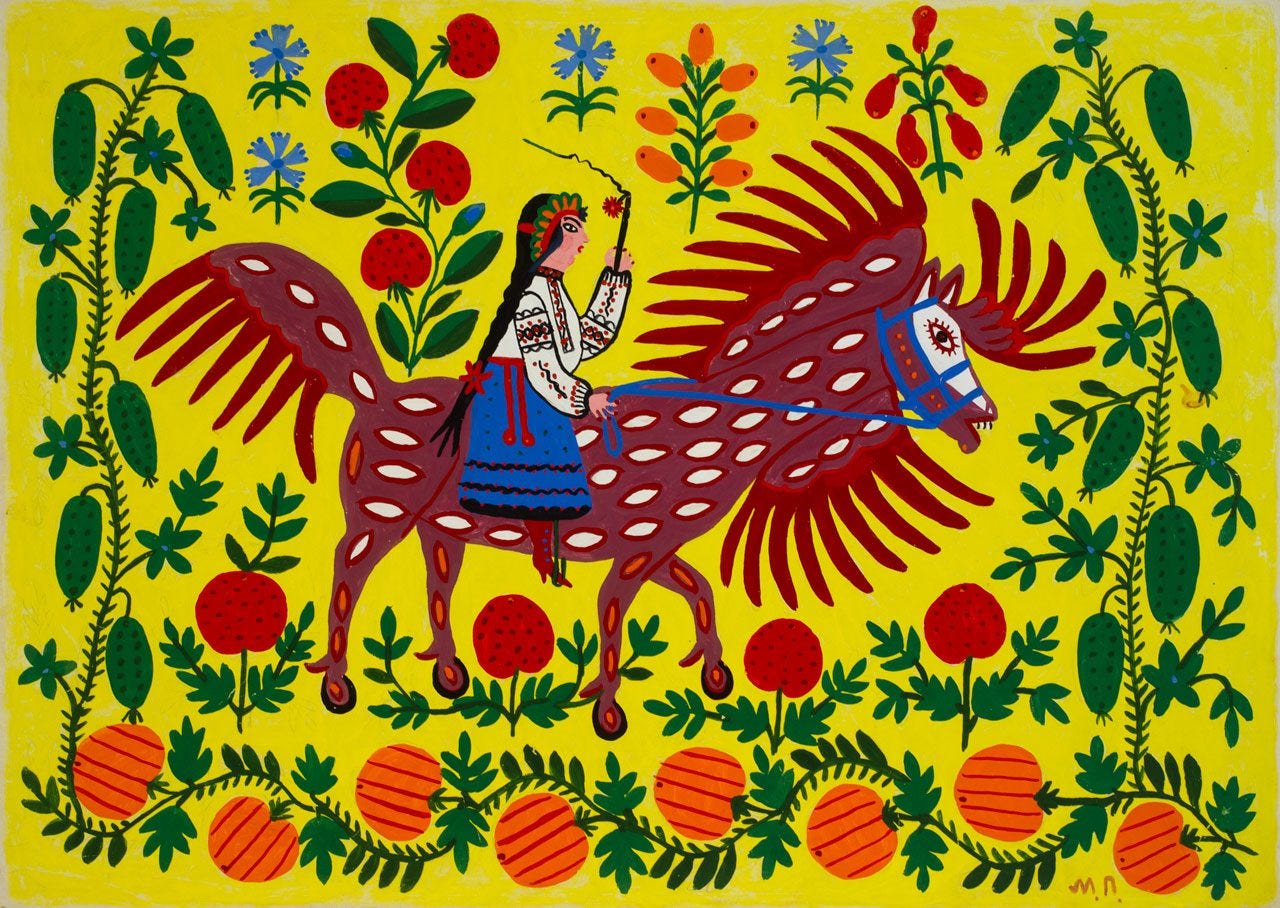
The thing I love most about Maria’s work is that it feels so genuine, like it was pulled straight from her heart.
I think it’s important not to try to make things for the sake of protest. There is no quicker way to art that is simply performative. Instead, may we create what we are called to create. Look deeply at the world around and within us. Even if that’s the changing seasons, the high summer flowers, the warming seas.
Shut out the noise. Find the thing that resonates with you and put it out into the world. And keep doing it, and doing it, and doing it. Eventually, what you care about most will show up on the page whether you intend for it to or not. Many times the most powerful messages are the most subtle and symbolic.
So then the question becomes, how could we possibly create anything when we are so overstimulated?
Here we can take a lesson from the greats.
Van Gogh believed art should be created quickly. He would use any materials he had on hand including his fingers to simply express what he was feeling.
Or we can look to Erin Hanson, a contemporary impressionist painter who has created a painting a day for over a decade.
Or Kent Ambler, a printmaker whose best advice is to create a lot of work, create good work, and don’t sell yourself short.
Maybe the key to bushwhacking our way through our creative practice nowadays is to just keep moving. Don’t think, just do.
Whatever you can do, or dream you can, begin it. Boldness has genius, power and magic in it. Begin it now.
~ Goethe
One thing I’m doing to embrace this idea is by taking on The 100 Day Project
{
And in the end, maybe the art won’t change a single thing. It’s a recipe for failure to go into anything wanting to “change the world” after all. But at least we’ve survived another day with something to show for it.
Other than that, courage dear friends.
Much love,
Val
P.S. Feel free to share, it’s much appreciated!
If you want to move deeper into a seasonal land-based life, consider ordering my 2025 Lunar + Seasonal Planner. Because learning to live in tune with the land doesn’t come from grand gestures or life-altering shifts, but rather from daily routines, devotions and observations of the land and how we relate to it.
This yearly planner weaves seasonal land-based practices with modern living so that you can live more intentionally and presently within every season of your life. It was created for the plant people, the land lovers, the gardeners, and the seekers to plan their lives around the rhythms of the earth as our ancestors have for thousands of years. More than just a planner, it is a practical yet spiritual guide to living, working, gardening, and celebrating in tune with the ever-shifting world around us.
Become a free subscriber for weekly musings from the forest. To receive seasonal guides and explorations, consider becoming a paid subscriber.


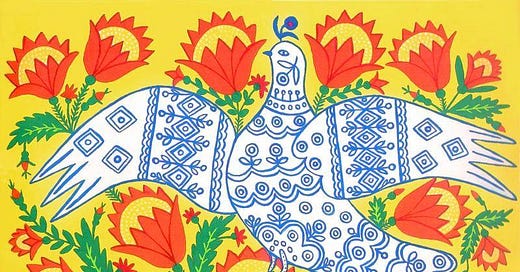


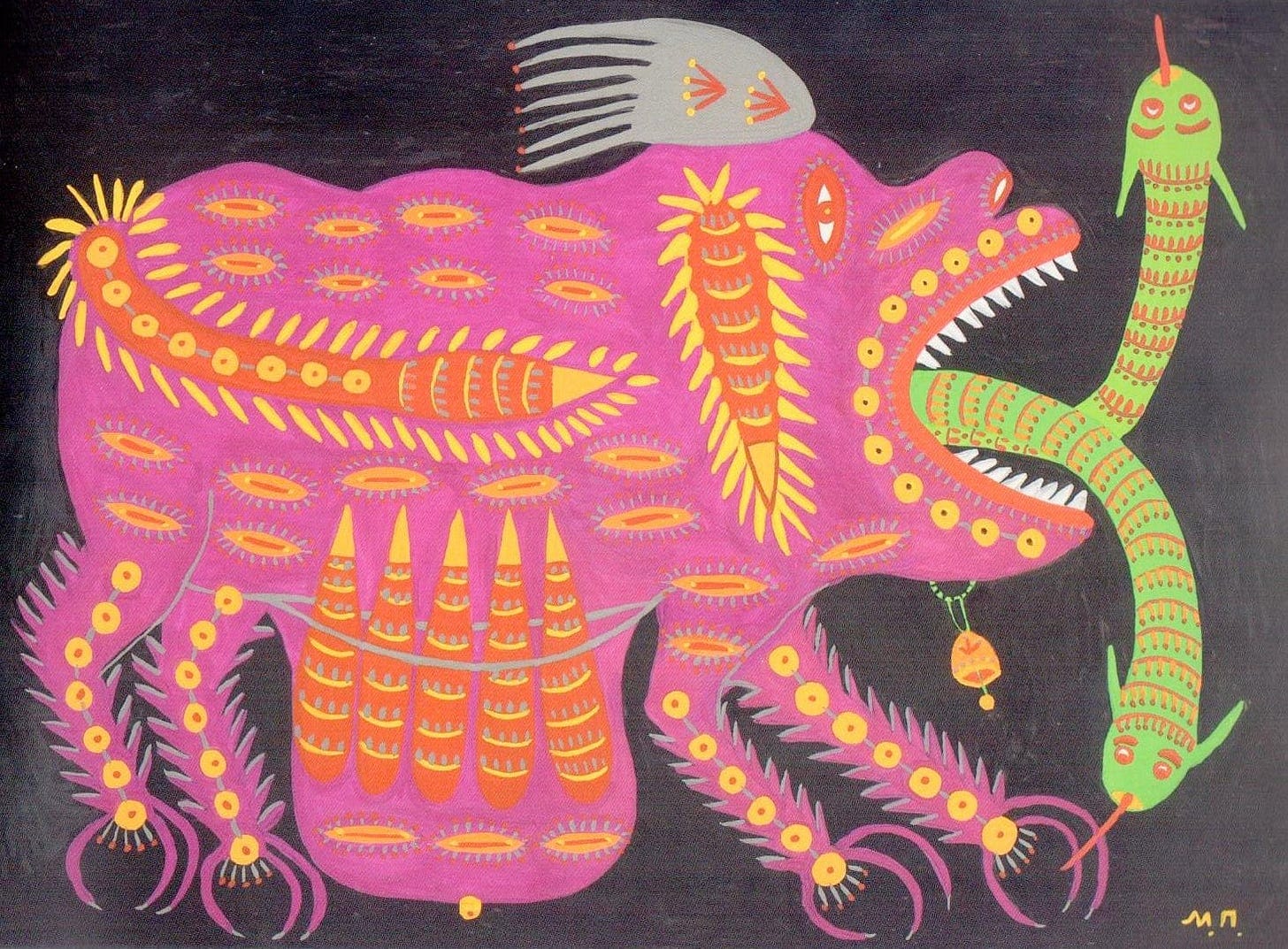

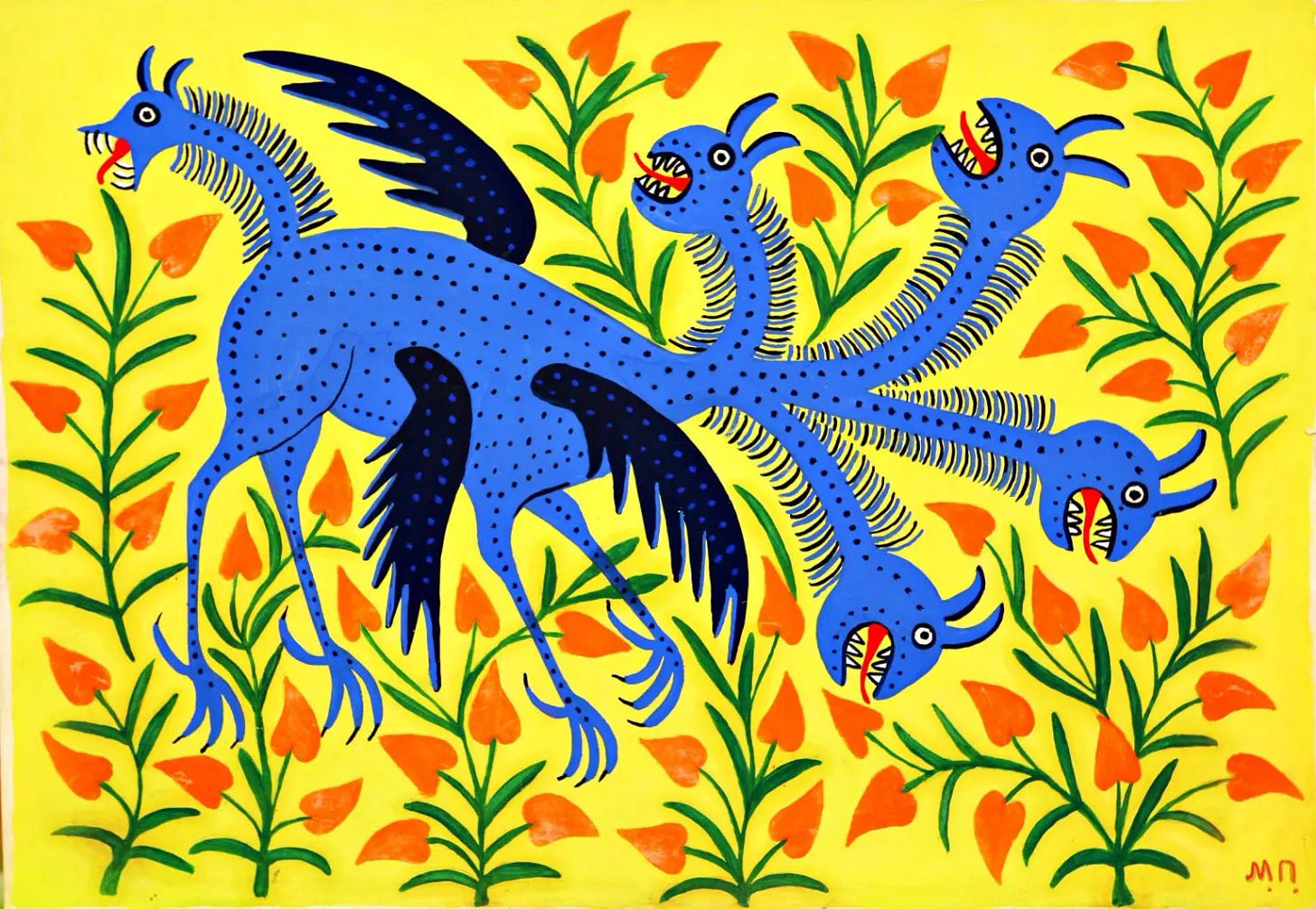
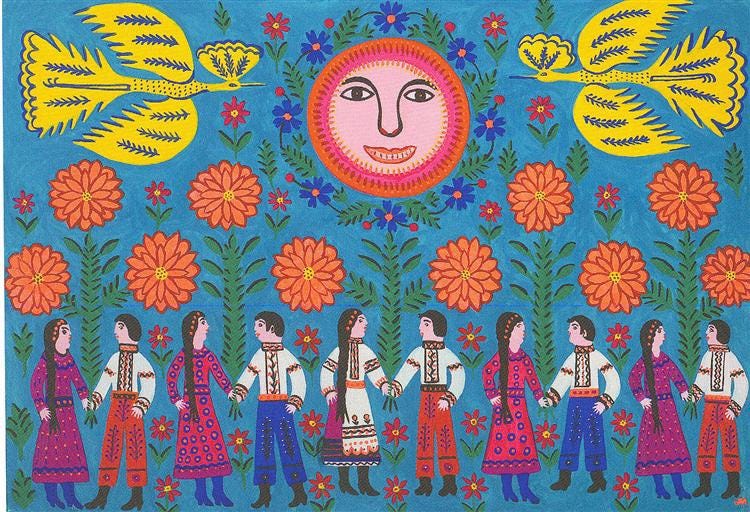
I appreciate you incorporating Slavic artists and visionaries into the topics of your posts. You weave timelines so that our ancestors can continue to teach us today.